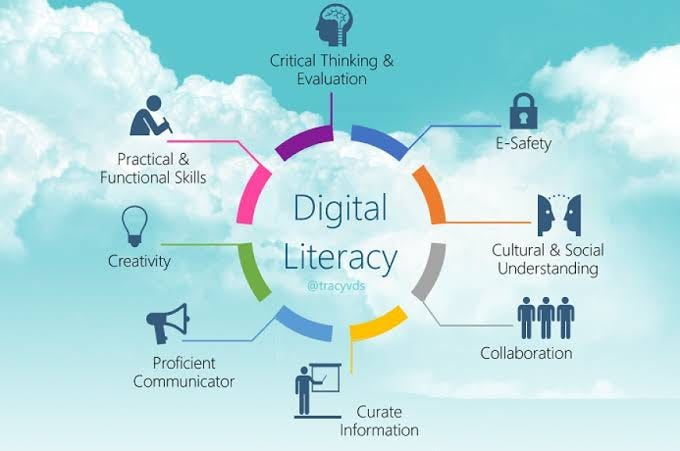Digital Activism
- Srishti Gupta

- May 8, 2021
- 3 min read
In the 21st century, digital activism has become an integral part of activist advocacy and action, as cyberspace has expanded the scope of human interaction. Although social media's classist algorithmic structure and the attention economy often get the better of us, the platforms' utility in disseminating, educating, and assisting alliances cannot be undermined.
Digital activism encompasses all actions that harness cyberspace as a mode of campaigning for socio-political change. In recent years, the phenomenally pervasive rise of social media has made it one potent tool. Providing a platform for information dissemination as well as exchange, it contains the alluring possibility of virality. Bite-sized content curated through micro-blogs, Instagram carousels play an educative role in highlighting, inter alia, issues of the queer community, tribal concerns, international crises, whereas fundraisers, petitions, Twitter storms, etc. aim to bring actionable change. However, often a false sense of urgency in these appeals betrays the fact that online action alone is no solution to inefficient or hostile regimes.
Nevertheless, social media provides a rare space to individuals from marginalized backgrounds for self-expression and documentation of long-drawn struggles for justice and to theoretical scholars dealing with concepts like oppression for vowing allyship. For instance, Priyanka Paul, a Bahujan artist, and illustrator started by sharing her now-globally published work on Instagram.
However, allyship runs the risk of turning ‘slacktivist’, i.e., performative woke-ness involving posturing/virtue signaling merely to enhance one’s social capital without any effort to understand root causes or participate substantially for meaningful change. For instance, changing one’s display picture to a certain colour symbolizes support to its associated cause without contributing to it. This activism entails high engagement but low efforts, limited to mere ‘token’ solidarity.
On the flip side, many users who are vocal about social issues consistently over time tend to become participants of ‘echo chambers, stressing articulation at the cost of engagement with those having differing views. It is important to avoid the formation of these echo chambers as they increase polarization and a sense of alienation among those holding neutral views. It also manifests in instances of ‘cancel culture’, which may well go beyond calling out a person and turn into attacking/bullying them, thereby diminishing possibilities of healthier re-evaluation.
Moreover, there are apprehensions about the role of multi-billion-dollar tech giants which own these platforms. Today’s globalized world suffers from constant information overload, yet social media has made a wondrous achievement: keeping users hinged to their apps, day and night. Kent Thune, a money manager, argues that here, the consumer becomes the consumed. Psychologist Herbert Simon contended how the wealth of information leads to a dearth of what this information consumes: attention. Thune writes that financial news sources steal and monopolize our attention through click-baits and sensationalism.
The commercial and political interests of these platforms determine activism. Priyanka Paul believes social media rewards performance. As a capitalist medium that commodifies and markets visually appealing content, it cannot be fruitfully subverted to challenge the very power structures that sustain it. Even as movements and individuals become ‘brands’, Priyanka says, “it’s difficult to sell actual revolution”.
Padmini Murray, a feminist digital designer opines that protest entails disrupting the status quo and social media protest only perpetuates it. She attributes its shortcomings as an intersectional tool to “manufactured algorithmic violence”, i.e., the design which promotes better-appearing content, garnering more engagement, to our feeds over stuff that may be more informative, even if less ‘aesthetic’. In a deeply unequal world, not everyone can afford aestheticism.
Nevertheless, cyberspace has expanded the potential of traditional activism and complements it efficiently. Its necessity is felt most in countries where mainstream media practices embedded journalism or worse, where protests are banned. In India, political parties exploit cyberspace for spreading propaganda, so much so that many observers called the 2019 general elections ‘WhatsApp elections’ when half-truths were circulated through the app via targeted texts and memes, clipped videos, etc. Some months later, these very tools were utilized to document the reality of police brutality in JMI, and of masked goons beating up JNU students- to counter the mainstream narrative which vilified victims.
Besides, its pan-global scope increases collective action, enabling a community of goal-sharing entities. ‘Clicktivist’ resources help distant allies keep themselves abreast of developments and various participants in coordinating their actions. Dr. Courtney Radsch, a journalist, while acknowledging that digital activism isn’t a cure-all to our issues, says it works powerfully in “organizing, mobilizing, communicating and putting domestic issues on the international agenda.”
For further reading: From streets to tweets: Surveying the impact of online activism








Comments